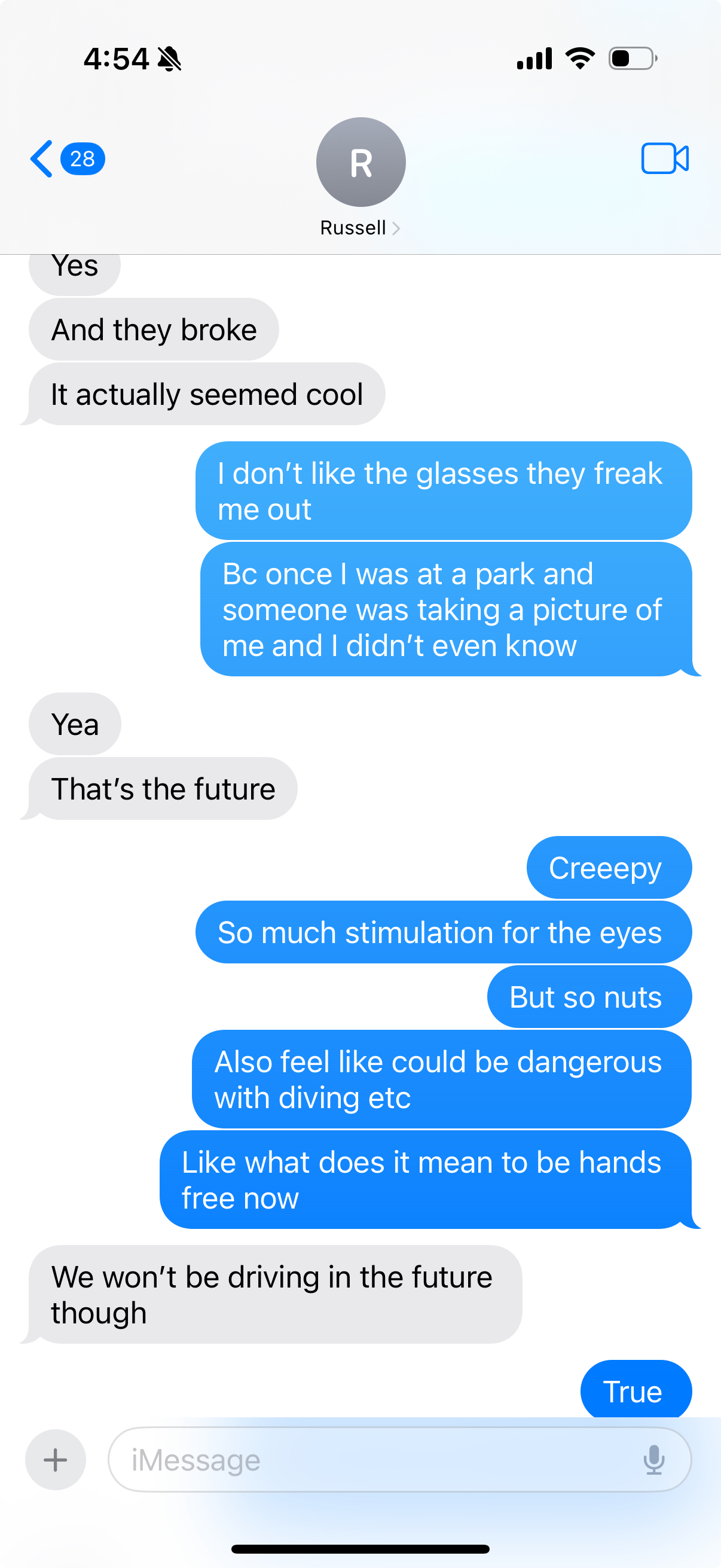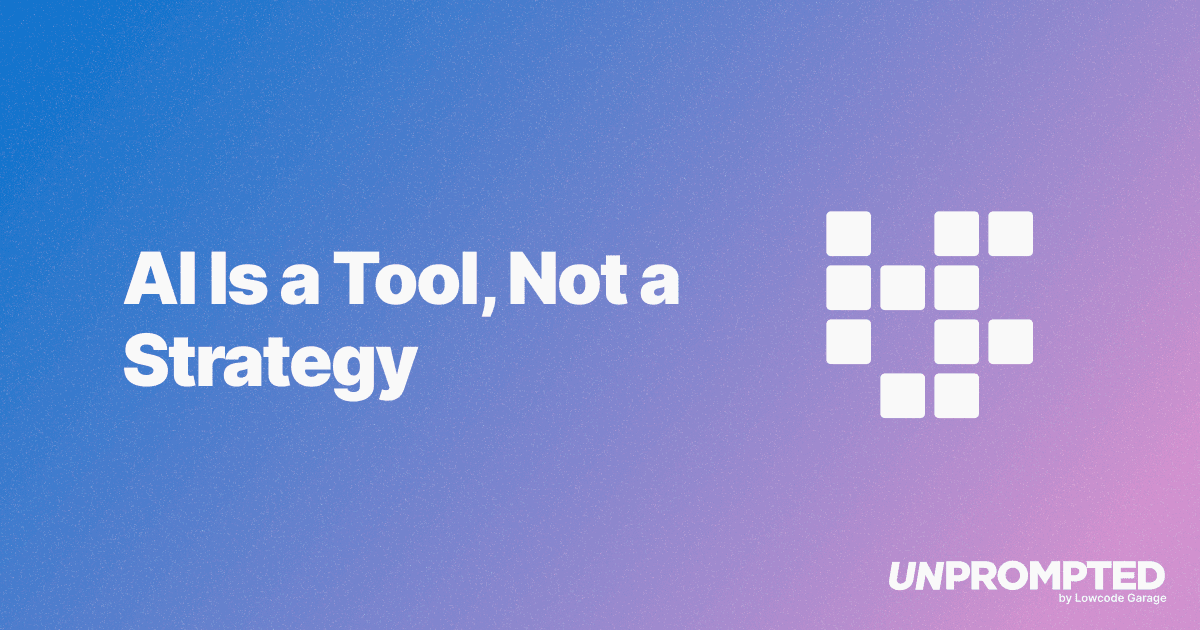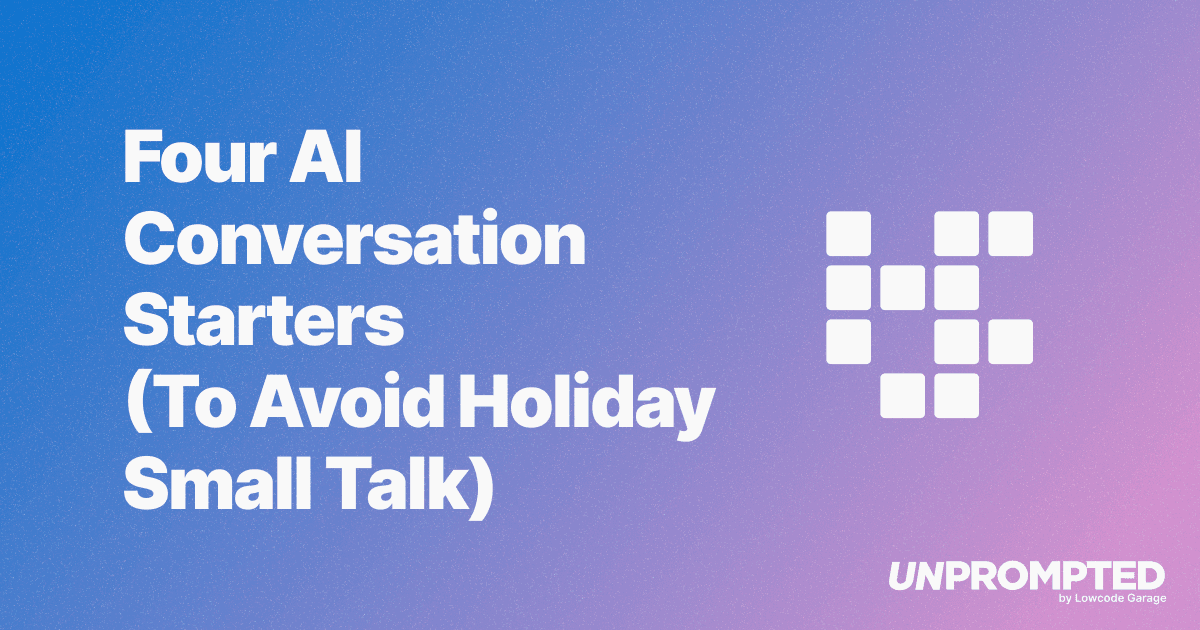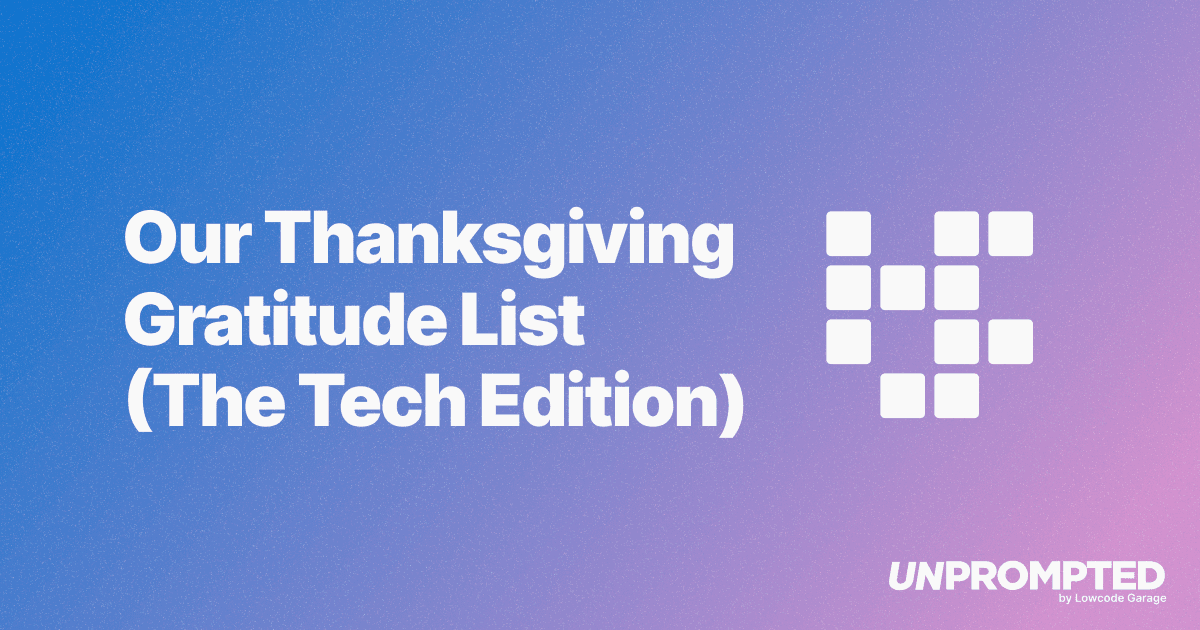This week, Meta unveiled their newest product: AI-powered smart glasses. So naturally, Russell and I were texting about it.
For context, Meta CEO Mark Zuckerberg took the stage on Wednesday to introduce the Ray-Ban Meta "Display" glasses — wearable lenses with a tiny screen and a neural wristband that lets you navigate the interface with a tap of your fingers.
You don't have to pull out your phone. You don't even have to speak. A subtle pinch of your fingers can play music, send a message, or take a photo.
Our texts went something like this:

"That's the future" – this shook me a bit. Because Russell was right (I hate that I just put that in writing…)
What's wild is how quickly the future shows up — and how unprepared our minds are to meet it.
I'm still thinking about the world in terms of "driving my own car." But the truth is, people probably won't be driving at all. So it hit me—is my thinking outdated?
This reminded me of one of my favorite sayings that has stuck with me since middle school:
"The hardest thing to change is people's mindsets."
The Faster Horse Problem
There's a quote often (mis)attributed to Henry Ford:
"If I had asked people what they wanted, they would have said faster horses."
.jpg)
Henry Ford driving a 1903 Model A, the first product of the Ford Motor Company.
We're in that moment (and mindset) right now.
We're trying to make sense of AI, glasses, automation, and interfaces through the mental models we already know: tools, tasks, apps, screens.
But this isn't about faster. It's about different.
Paradigm Shifts: Thomas Kuhn 101
In 1962, physicist and philosopher Thomas Kuhn published The Structure of Scientific Revolutions and introduced a new idea:
Science doesn't progress in a straight line. It lurches forward through upheavals — when the dominant worldview no longer fits the facts.
When the dominant worldview no longer fits, it breaks. New ones replace them. And in between is chaos, denial, resistance, and ultimately, reinvention. True paradigm shifts are rare, uncomfortable, and messy. But they're also the only way real change happens.
Kuhn said that most of the time, people resist these shifts. They try to force new data into old boxes. They ignore contradictions. They cling to the paradigm until it breaks.
Sound familiar?
(and by the way, if you're still reading, Kuhn is who we cited at the top of our newsletter.)
We're Living in a Kuhnian Shift
AI isn't just a productivity tool.
It's a paradigm shift.
Just like maps to GPS, or horses to cars, AI is forcing and challenging us to rethink:
- How we work: What job will it take?
- How we create: Will it help me make content faster?
- How we interact with the world: Can it answer my questions more quickly?
But here's the problem: our tools are changing faster than our mindsets. And these are just "faster horse" questions.
The better questions might sound like:
- What if I didn't have to do this task at all?
- What would work look like if I didn't need a screen?
- What if I never touched a keyboard again?
The Mindset Gap
Changing the tech is easy. Changing our minds? Not so much.
We're still clinging to familiar language, models, workflows, habits — and wondering why everything feels weird.
Our worldview has to change in order for us to keep up.
And like Kuhn said, nothing truly new happens until the old model breaks.
So the next time you catch yourself wondering how AI fits into your workflow, ask a harder question:
What if it replaces it entirely?
Frequently Asked Questions
Continue Reading

AI Is a Tool, Not a Strategy
Henry Kravis reminds us that AI is a productivity tool, not a strategy. Strong management, cultural fit, and operational fundamentals still determine whether businesses succeed or fail.

Four AI Conversation Starters (To Avoid Holiday Small Talk)
Four timely AI conversation starters covering federal vs state AI regulation, Opus 4.5 capabilities, physical AI in construction, and Michael Burry's bet against Nvidia—perfect for surviving holiday small talk.

Our Thanksgiving Gratitude List (The Tech Edition)
Discover the AI tools transforming how we build products at Lowcode Garage. From publishing content with Claude Desktop to building prototypes in weeks instead of quarters, here's our Thanksgiving gratitude list for the tech that makes it all possible.